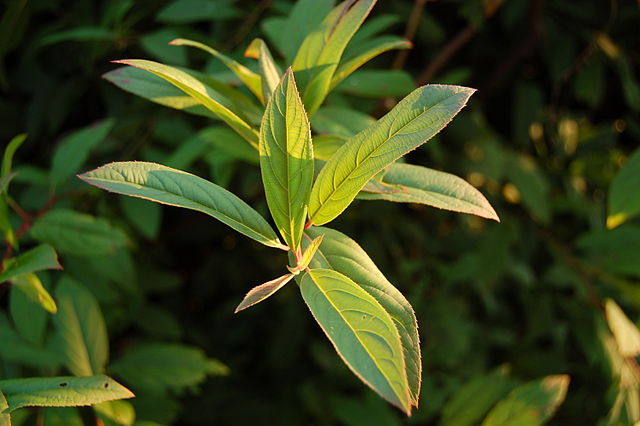Virginia Sweetspire
go.ncsu.edu/readext?700958
en Español / em Português
El inglés es el idioma de control de esta página. En la medida en que haya algún conflicto entre la traducción al inglés y la traducción, el inglés prevalece.
Al hacer clic en el enlace de traducción se activa un servicio de traducción gratuito para convertir la página al español. Al igual que con cualquier traducción por Internet, la conversión no es sensible al contexto y puede que no traduzca el texto en su significado original. NC State Extension no garantiza la exactitud del texto traducido. Por favor, tenga en cuenta que algunas aplicaciones y/o servicios pueden no funcionar como se espera cuando se traducen.
Português
Inglês é o idioma de controle desta página. Na medida que haja algum conflito entre o texto original em Inglês e a tradução, o Inglês prevalece.
Ao clicar no link de tradução, um serviço gratuito de tradução será ativado para converter a página para o Português. Como em qualquer tradução pela internet, a conversão não é sensivel ao contexto e pode não ocorrer a tradução para o significado orginal. O serviço de Extensão da Carolina do Norte (NC State Extension) não garante a exatidão do texto traduzido. Por favor, observe que algumas funções ou serviços podem não funcionar como esperado após a tradução.
English
English is the controlling language of this page. To the extent there is any conflict between the English text and the translation, English controls.
Clicking on the translation link activates a free translation service to convert the page to Spanish. As with any Internet translation, the conversion is not context-sensitive and may not translate the text to its original meaning. NC State Extension does not guarantee the accuracy of the translated text. Please note that some applications and/or services may not function as expected when translated.
Collapse ▲Virginia Sweetspire, Itea virginica, is a native, deciduous to a semi-evergreen shrub that grows in the southeast along stream banks and wet pine barrens. The genus name, Itea, comes from the Greek word meaning “willow”, which is in reference to the similarity of the leaves or flower clusters to those of some willow plants.
Virginia sweetspire is found in almost all areas of North Carolina. It can grow up to 8’ tall and has graceful arching branches. In early summer, showy, fragrant, white flowers occur in terminal arching racemes and can be covered with bees and other pollinators. In my previous garden, I had these shrubs planted along the driveway near where we parked and when they were in flower if you sat still and listened you could hear the bees buzzing busily feeding on the flowers.
Virginia Sweetspire prefers moist, rich, slightly acidic, soils high in organic matter in part sun to part shade, but will tolerate a wide pH range and soil conditions. Best flowering occurs with at least 4 hours of sun each day. This shrub can form dense colonies by root suckering and can be used for erosion control in wet areas or on wet banks. Because it suckers, it is a fun plant to share with other gardeners since you just have to sever a root sucker to start a new plant.
This plant is truly an asset in the garden year-round. In winter & early spring, the stems are red to burgundy in color, late spring/early summer brings the showy, fragrant white flowers, and fall brings burgundy color to the leaves. This plant blooms on previous season’s wood, so pruning should be done after flowering. It is often planted as a mass and really makes a statement when in flower. The cultivar ‘Henry’s Garnet’ is what is commonly found for sale at garden centers and nurseries.





